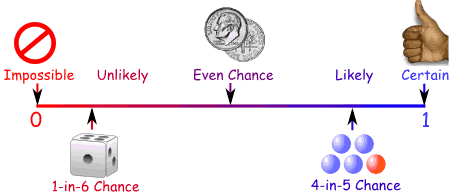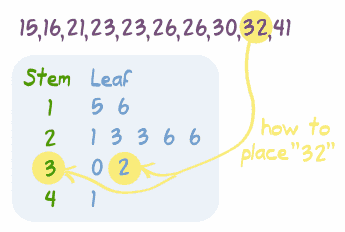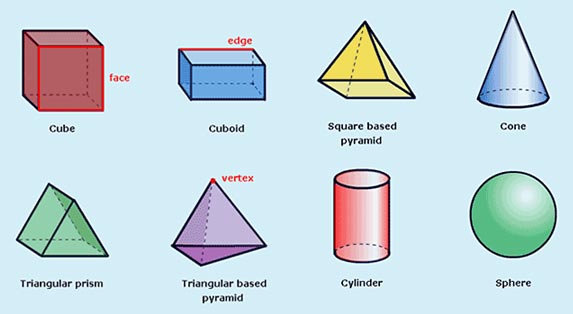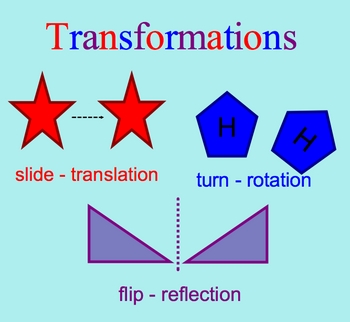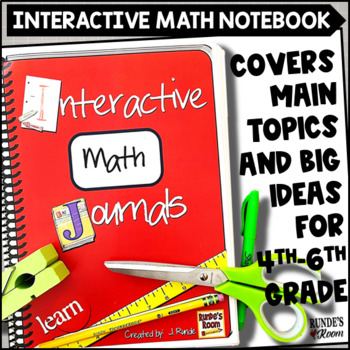We have spent this school year graphing in Quadrant 1 only. I wanted to have a little fun and give the kids a challenge, so I introduced them to the other three quadrants.
Coordinate graphing is based on plotting points using two coordinates (ie. 3,6). The first coordinate tells where to move along the x-axis, and the second coordinate tells where to move along the y-axis. Up to this point my students have only worked with positive coordinates. This means they have only worked in Quadrant 1 (+,+). We began by taking notes and working with a small picture to practice our new knowledge.
The four quadrants are as follows:
- Quadrant 1 (+, +) or right and up
- Quadrant 2 (-, +) or left and up
- Quadrant 3 (-, -) or left and down
- Quadrant 4 (+, -) or right and down
To see how this was explained, please watch: Four Quadrant Coordinate Graphing.
Once we had a little practice.... I posed the challenge.... complete the Mystery Picture. This is NOT homework for tonight! They have all week to work on it as time allows. I would like it turned in on Friday.
Remember.... Math STAAR test is tomorrow!



